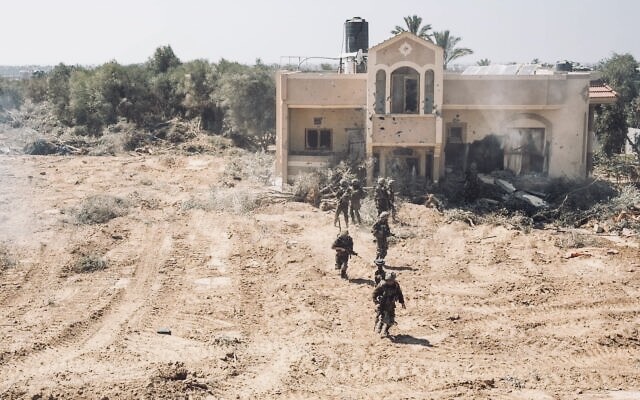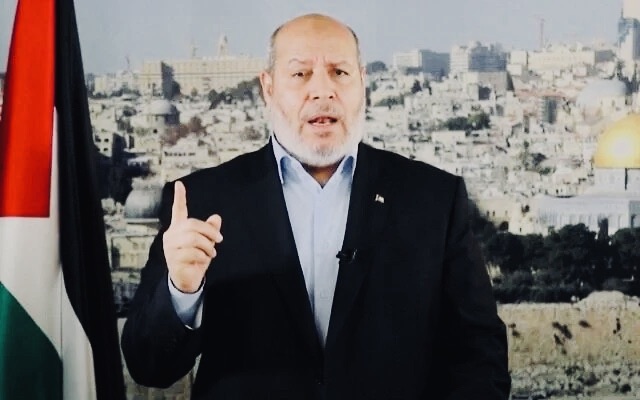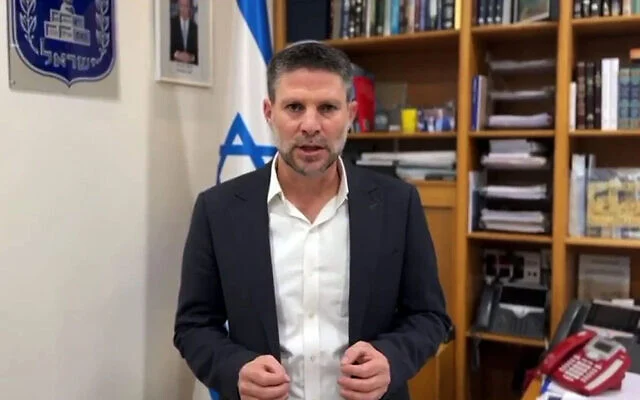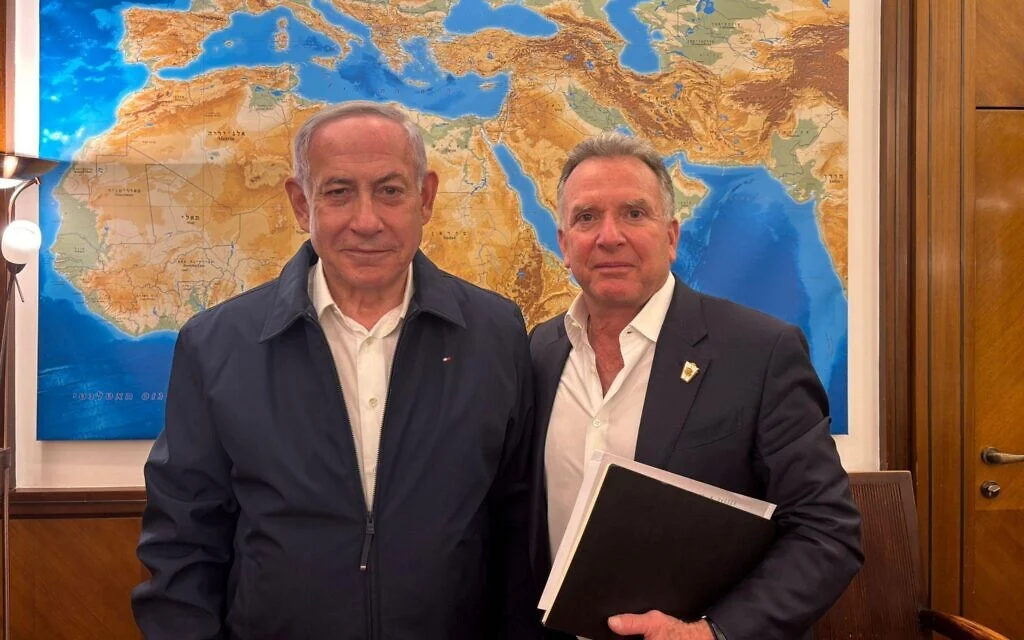Fifteen months after the outbreak of the cross-border war in the Gaza Strip, Israel’s longest, Israel and Hamas have finally reached a ceasefire and hostage release agreement. The Israeli cabinet is expected to ratify it in the coming days.
The deal, the product of months of on-again, off-again negotiations, will officially take effect on Sunday, January 19, when the first of 33 Israeli hostages are expected to be released in exchange for Palestinian prisoners held by Israel.

The agreement, which is a lot like the plan unveiled by the United States last May, was announced by the prime minister of Qatar, Mohammed bin Abdulrahman Al-Thani, in Doha on January 15. Qatar, along with the United States and Egypt, were instrumental in its realization.

During the first six-week phase, Israeli forces will gradually pull out of population centers and displaced Gazans will be allowed to return to their homes in the north. In the second phase, Israel would withdraw from Gaza, heralding what U.S. President Joe Biden described as a “permanent end of the war.” At this point, all living hostages and more Palestinian prisoners would be released. During the third phase, the bodies of deceased hostages would be returned and the reconstruction of Gaza would get underway.
The agreement, as ambitious as it is, could go up in smoke if three issues of paramount importance are not resolved.
The first one deals with the issue of a full Israeli withdrawal from Gaza. This has been one of Hamas’ key demands, but Israel may insist on keeping the Philadelphi corridor along the Gaza-Egypt border and the Netzarim corridor in central Gaza. Israel, too, will likely demand the right to retain a narrow buffer zone inside Gaza it created to ensure that another October 7 atrocity can never occur again.
Hamas is demanding a permanent cessation of the war, but Israel may not be ready to end it unless it is satisfied that Hamas is militarily crushed. Hamas believes it emerged victorious from the war, as Khalil al-Hayya, one of its leaders, claimed yesterday. He also praised the October 7, 2023 attack as a “military accomplishment” and “a source of pride for our people.”

The third issue revolves around Hamas’ future. What role, if any, will Hamas play in the governance of Gaza? Since the October 7 massacre perpetrated by Hamas terrorists in southern Israel, the Israeli government of Prime Minister Benjamin Netanyahu has declared that Hamas can never rule Gaza again.
Biden enunciated the same policy in a speech yesterday, saying that Hamas cannot remain in power once the war winds down. Biden has called for a revamped Palestinian Authority to administer Gaza, an outcome that Israel has resisted until now.
It is debatable why the agreement emerged now and not much earlier, but what seems clear is that a breakthrough occurred due to several converging factors.
Israel, in bitter combat, seriously degraded Hamas’ military capabilities, killing about 18,000 of its fighters, commanders and leaders, virtually destroying its cache of rockets, and blowing up a significant proportion of its elaborate network of tunnels.
It would be fair to say that Hamas no longer has the ability to launch an attack on the scale of October 7. Israel, which lost 407 soldiers during its 15-month offensive, is bent on ensuring that no hostile force in Gaza will be able to duplicate Hamas’ feat.
Hamas found itself increasingly isolated after Hezbollah, its ally in Lebanon, agreed to a truce in its war with Israel. Hezbollah’s previous leader, Hassan Nasrallah, who was killed by an Israeli air strike in Beirut last September, went to war with Israel a day after October 7 in solidarity with Hamas. He insisted that Hezbollah would continue fighting until a ceasefire went into effect in Gaza.
His successor abandoned Nasrallah’s hardline position and agreed to decouple the war in Lebanon from the war in Gaza. This was a tremendous psychological blow to Hamas, further exposing its weakness.
Iran, Hezbollah’s patron and Hamas’ benefactor, suffered grievous blows as well after the Israeli Air Force knocked out its air defence system late last October in a devastating raid. This weakened Iran and changed the regional dynamics in Israel’s favor.
And the sudden fall of Syrian President Bashar al-Assad’s Baathist regime last month affected Hamas adversely as well. Assad was a supporter of Hamas, notwithstanding his occasional disagreements with Hamas’ leadership.
Street demonstrations in Israel on behalf of the hostages may well have been a factor in Netanyahu’s decision to abide by the agreement. He has been under intense pressure from protesters and their supporters to prioritize the hostages.
Two of his cabinet colleagues, Finance Minister Bezalel Smotrich and National Security Minister Itamar Ben-Gvir, who prop up his coalition government, have denounced an agreement as a “catastrophe” for Israel’s national security. Yet it should be noted that Smotrich backed a one-week truce in November 2023 during which 105 hostages were released.

U.S. President-elect Donald Trump, who was the first person to disclose that a deal was in the offing and that the hostages would be released shortly, took credit for the agreement. In a social media post, he wrote that his incoming administration will work closely with Israel to ensure that Gaza “NEVER again becomes a terrorist safe haven.”
U.S. State Department spokesperson Matthew Miller acknowledged that Trump’s team “has been absolutely critical in getting this deal over the line.”
Miller explained that the cooperation between Brett McGurk, Biden’s special Middle East envoy, and Steve Witkoff, McGurk’s counterpart in the Trump administration, pushed the agreement across the finish line and underscored the importance of bipartisanship in foreign policy.
In the meantime, however, the fighting in Gaza continues unabated. In the past 24 hours, more than 70 Palestinians have been killed by Israeli strikes.
